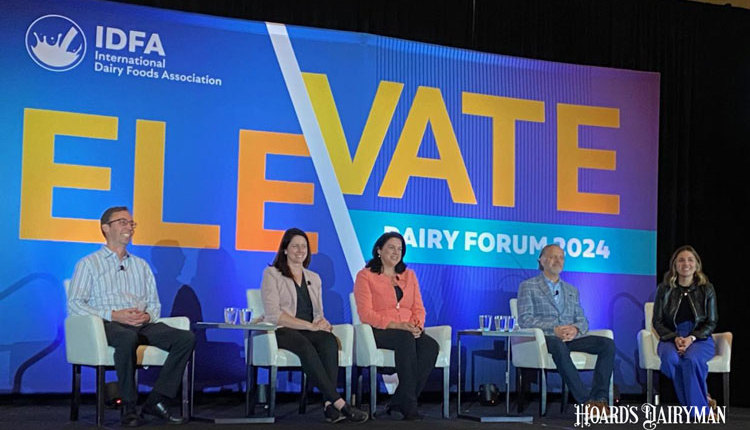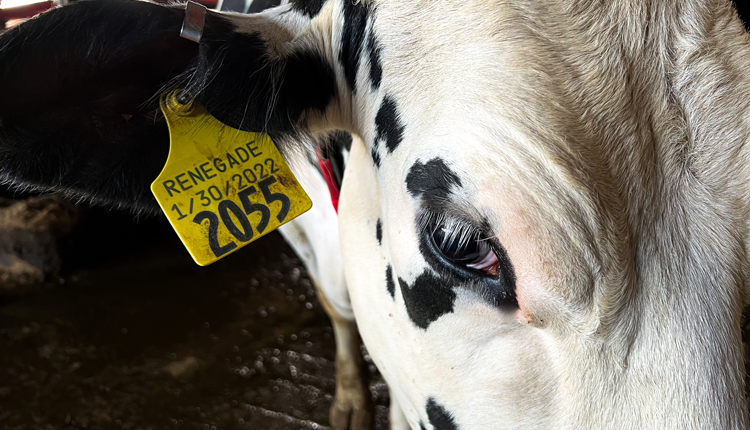Imagine a world where the manure check equals the milk check. No one is saying it is possible, but there is hope on the horizon for profiting from the waste end of the cow, and some are doing it already. The 2011 Midwest Manure Summit, February 15 and 16 at Lambeau Field in Green Bay, Wis., shed light on the future of both regulation and technology for manure management. Speakers explained that additional air quality regulation is imminent, but there are preventive strategies you can employ today. How far dairy producers need to go and when this will happen are two unknowns. The other factor will be the level of regulation depending on a farm's size. One speaker speculated that a 500-cow farm, plus or minus 250, could be where the line is drawn between a "major" and "minor" emitter subject to more or less regulation. At the same time, some attendees questioned if some research and projects were creating solutions to problems not yet invented.
One term that was repeated with no apologies was "anaerobic digester." Despite the fact that only 150 such systems exist in the United States (including two hands raised of the 200 Summit attendees), 6 of the 20 presentations featured digesters or digester by-products and co-products. We learned about experiences with digesters on 1,000-cow farms, 160-cow farms, and European municipalities and cooperatives. In all three categories, success is theoretically possible. But Summit speakers advocated treating digesters as more than just a financial engine for making electricity. In Europe, digesters are fed with a ration including, manure as a base, then corn silage, canola, and other substrates. In the U.S., those digester owners with the greatest success treated their digesters as a bio-refinery plant, using the digester's liquid, fiber, and biogas outputs to create or fuel something else. But success is not a sure thing and isn't always measured in dollars and cents, reduced odor from digester use may be a priceless benefit in some cases.
The advanced technologies of bio-filters, anaerobic digesters, and an experimental system that could produce salable "slow-release" phosphorus fertilizer are a few years away for the 95 percent of dairy farms with fewer than 500 cows. However, most attendees were looking for some practical solutions to immediate problems. A number of producers were looking to slow their climbing field phosphorus levels, find alternative bedding, or learn about separator systems. With every farm's unique situation, there was no blanket answer.











